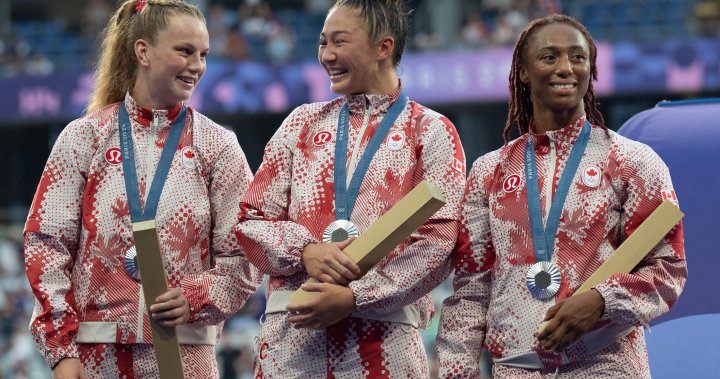Britain’s Foreign Secretary David Cameron this week called on NATO allies to spend more on their militaries, insisting tougher foreign policy is necessary in a world more dangerous “than most of us have ever known.”
The foreign secretary’s push is likely being driven by an increasingly unpredictable world, and the potential return of an unpredictable U.S. president, says one defence expert.
“[It’s] the Trump effect,” former British military colonel and NATO planner Philip Ingram told Mercedes Stephenson in an interview on The West Block.
Trump has warned “any country that’s not paying its way, the United States wouldn’t come and help defend. ‘Paying its way’ meant [the] two per cent contribution to NATO,” said Ingram.
The current NATO target for defence spending sits at two per cent of GDP; a benchmark Canada routinely misses. On Thursday, Cameron said that number should be raised to 2.5 per cent; a goal Britain has vowed to reach within the decade.

In February, Trump insisted he would “encourage” Russia to “do whatever the hell they want” to NATO allies who don’t pull their weight.
Breaking news from Canada and around the world
sent to your email, as it happens.
“No, I would not protect you,” the Republican candidate said at a rally in South Carolina. “You gotta pay.”
One of NATO’s foundational principles is Article 5, which commits to a collective defence and the promise an attack against one member is an attack against all.
But Trump has often complained other members who don’t spend the agreed-on two per cent of their GDP on defence are not doing their fair share.
In his speech Thursday, Cameron had a similar message, lamenting his European allies appear “unwilling to invest, even as war rages on our continent.”
“If Putin’s illegal invasion teaches us anything, it must be that doing too little, too late only spurs an aggressor on,” said Cameron.
British Prime Minister Rishi Sunak recently pledged to boost NATO spending to 2.5 per cent by 2030. Germany met the two-per cent target this year, for the first time since the end of the Cold War.
While Russia’s invasion of Ukraine has largely spurred the increase, Ingram says Trump’s influence can’t be ignored.
“We’re seeing countries starting to increase their expenditure so that they don’t feel the wrath of the tongue, and the rhetoric of Donald Trump,” said Ingram.
Canada spends 1.33 per cent of its GDP on defence, according to NATO estimates.
That number is expected to rise to 1.76 per cent by 2030, or $49.5 billion. The Department of National Defence’s budget last year was $26.9 billion.
This month, Defence Minister Bill Blair suggested it’s unlikely Canada will reach its two-per cent target in the immediate future, saying in a speech that is “hard to convince people that that was a worthy goal” in the “current fiscal environment.”
On Friday, Blair welcomed his German counterpart to Ottawa and insisted the Liberal government’s current “investments” in the military will lay the groundwork for Canada to one day reach its NATO target.
“I have great confidence we’ll take Canada well to and even beyond the two per cent,” said Blair.
Ingram acknowledges the political challenges of pumping more money into the military during uncertain economic times, but says Western leaders are “getting the arguments wrong.”
“It’s an insurance policy. If you spend [money] on defence, and you stop there being a conflict, it’s a lot cheaper than spending on defence when you’re in a conflict,” he said.
— with files from Reuters, Associated Press
© 2024 Global News, a division of Corus Entertainment Inc.





